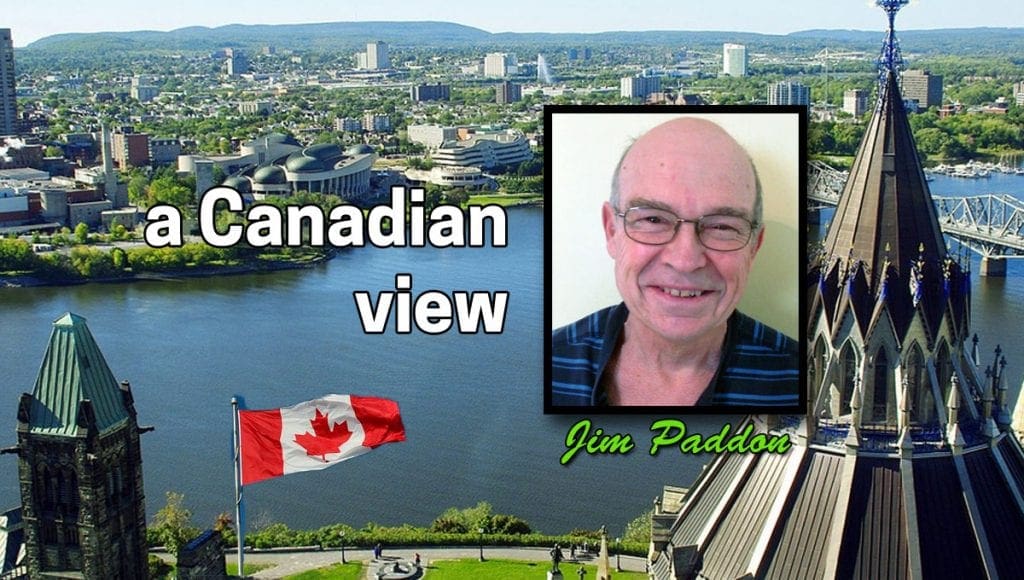A Fresh Approach To Social Justice
(Systemic Changes To Our Social Justice Structure)
The term social justice can mean different to different people. It can also leave us confused on exactly what it is or is not. In addition, we sometimes spend way too much time on the differences between charitable works and social justice, when, the two are inseparable character traits of all Vincentian activity. Just as Vincent told us, work first then words. Social justice may best be explained by learning about the various actions and acts of advocacy we may undertake to address the root causes of poverty.

The overarching theme or foundation of social justice is the concept of systemic change to both existing structures and our own personal transformation to the two feet of love……charity and justice. Perhaps the Society of Saint Vincent de Paul, as well as other Vincentian family branches need first is a progressive and aggressive internal model of systemic change.
Any such systemic change requires the components of racial and gender equity throughout its structures and systems. Diversity, Equity and Inclusion (DEI) should be an integral part of refreshing our approach.
Let us examine the approach we usually take as an organization. The Society in Canada and most nations, starts at the top with its national council. Then we move down to regional councils, central and councils and finally the conference. Direction comes the top down to the conference level, including our social justice efforts. Is not this top-down approach in direct opposition to our own Rule support of the concept of subsidiarity, whereby decisions and actions are taken by the lowest, most basic level of the Society, the conference and councils?
Let us look at the current social justice structure. The national social justice committee develops and coordinates social justice actions for the Society. How does this top-down approach affect our conferences? Does it encourage members to examine how they may take actions that truly address the root causes of poverty? While there is no doubt we have several examples of local actions there remains a real disconnect between the higher levels of the Society and its conference membership. Poor communication and inadequate or untrained leadership are major contributing factors for any disconnect.
How could we accomplish systemic changes within our structures that would have positive effects on social justice? How can we reverse that top-down structure to be a much more bottom-up approach and one that also seeks to give voice to our neighbours in need? This new approach leaves a role for our top levels. That role would be one that gathers and maintains extensive archives and links to resources that contain information and training material which can assist and enhance our conferences as they take a positive and well-informed approach to social justice.
The higher levels can also act as a liaison between all levels of the Society and rather than holding meetings that tend to be overly controlling, they will simply facilitate a sharing and learning experience for attendees. The basic conference and its members need to believe they are part of the solution to alleviating poverty and having the understanding that charity and justice are equal partners.
This internal systemic change can be the key to a successful society justice refreshed initiative. We are blessed with members who can bring a high level of experience and education to the Society of Saint Vincent de Paul. Let’s use this knowledge to encourage and support our grass roots conference members to look at new and inventive ways we can do more to help our neighbours in need. Charity and Justice should be our Two Feet of Love.
About the author:
 Jim Paddon lives in London, Ontario, Canada and serves as the Chair of the Ontario Regional Council’s Social Justice committee. He is married to his dear wife Pat and they have six daughters and eleven grandchildren. Jim has been a member of the Society since the 1970’s.
Jim Paddon lives in London, Ontario, Canada and serves as the Chair of the Ontario Regional Council’s Social Justice committee. He is married to his dear wife Pat and they have six daughters and eleven grandchildren. Jim has been a member of the Society since the 1970’s.
I respectfully acknowledge the traditional, unceded territories of the Indigenous Peoples, including First Nations, Metis and Inuit, on which lands we meet, work and live.







0 Comments